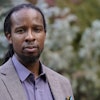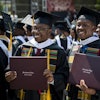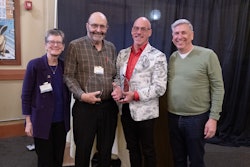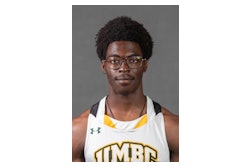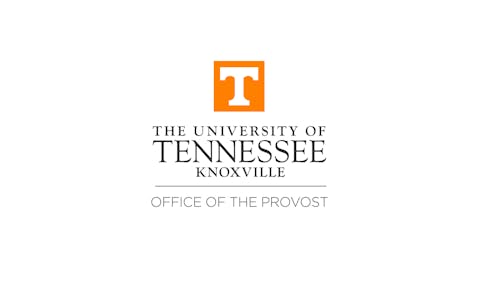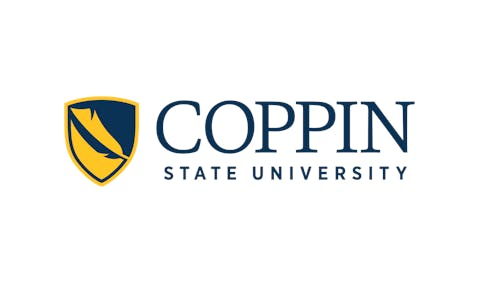COLUMBUS Ohio
Judges trying to keep up with scientific advancements say they face difficult decisions in determining what kinds of evidence to allow into courtrooms. As gatekeepers over what testimony is heard by a jury, judges must decide which experts are relevant and which are truly experts.
Their concerns came to light at a three-day science seminar for judges at Ohio State University that ended Friday. The seminar was part of a congressionally mandated program to train judges in developing science.
Science training is necessary to counteract the effects on potential jurors from popular television crime shows like “CSI,” said Judge Stephanie Domitrovich of the Court of Common Pleas in Erie, Pa.
“Because of the CSI effect and the public having these raised expectations about what they think about science, we as judges need to be better gatekeepers,” Domitrovich said.
She said a juror in one of her cases believed, based on a “CSI” show, that handwriting experts could tell gender. They can’t, Domitrovich said.
The judges said it’s important to brush up on science so they are not taken advantage of by so-called “hired guns” medical or scientific experts who are rewarded with money or fame by their testimony in a case.
“Is that valid stuff or did he make it up to sell to the highest bidder?” said Judge Janet Burnside of Cuyahoga County Common Pleas Court in Cleveland. “Very often if you don’t have scientific knowledge you’re kind of throwing up your hands.”
Ever since DNA evidence began to be used extensively in the 1990s, science has played a role in helping determine truth in the courtroom, judges said. Increasingly, science may be the main determinant of how a case is resolved.
Ohio Supreme Court Chief Justice Thomas Moyer pointed to a 2006 case involving a woman who sought widow’s benefits under the state workers’ compensation act, claiming her husband’s brain cancer was caused by exposure to chemicals while working at a paint manufacturing plaint.
Science could not determine that any chemical was the direct cause of the cancer, the high court said.
“The absence of science in that case was a controlling factor,” said Moyer, who wrote the majority opinion and is vice chair of a program that brought the group of judges to the seminar.
Moyer predicts a future where science plays a larger role in the courtroom: courts deciding whether parents can choose the genetic makeup of their child, parents who sue because the genetic makeup didn’t turn out as promised, people getting a specific drug prescription based on their genes.
“We’ve always been required to resolve important social issues that the legislatures don’t resolve or the people don’t resolve on their own and they come to the courts,” Moyer said. “And we’re going to get some very interesting and dramatic cases.”
Judges themselves are split on certain futuristic problems. Judges at the seminar were given a hypothetical question: If a criminal tests positive for a set of genes that make violent criminal behavior four times as likely, does he deserve a lesser sentence or a greater one?
While 69 percent said the gene finding should make no difference, 29 percent said the defendant should receive a longer sentence. Two percent said shorter.
© Copyright 2005 by DiverseEducation.com

